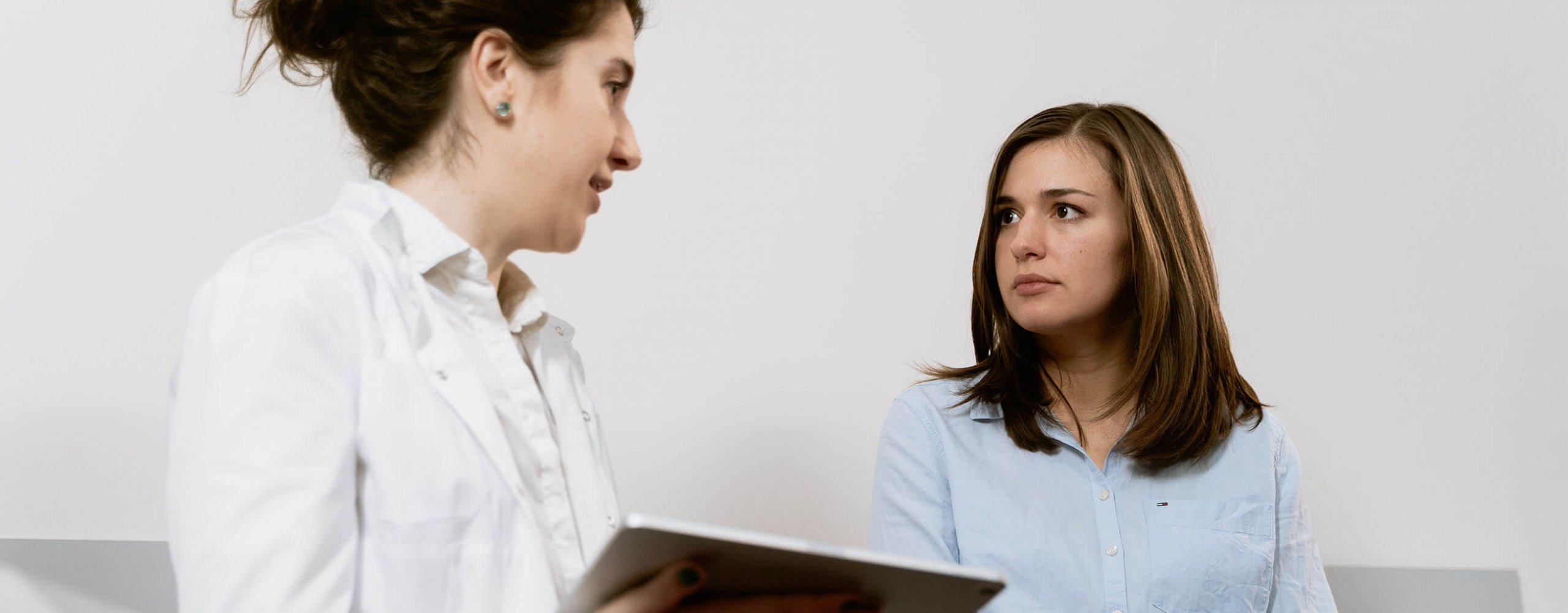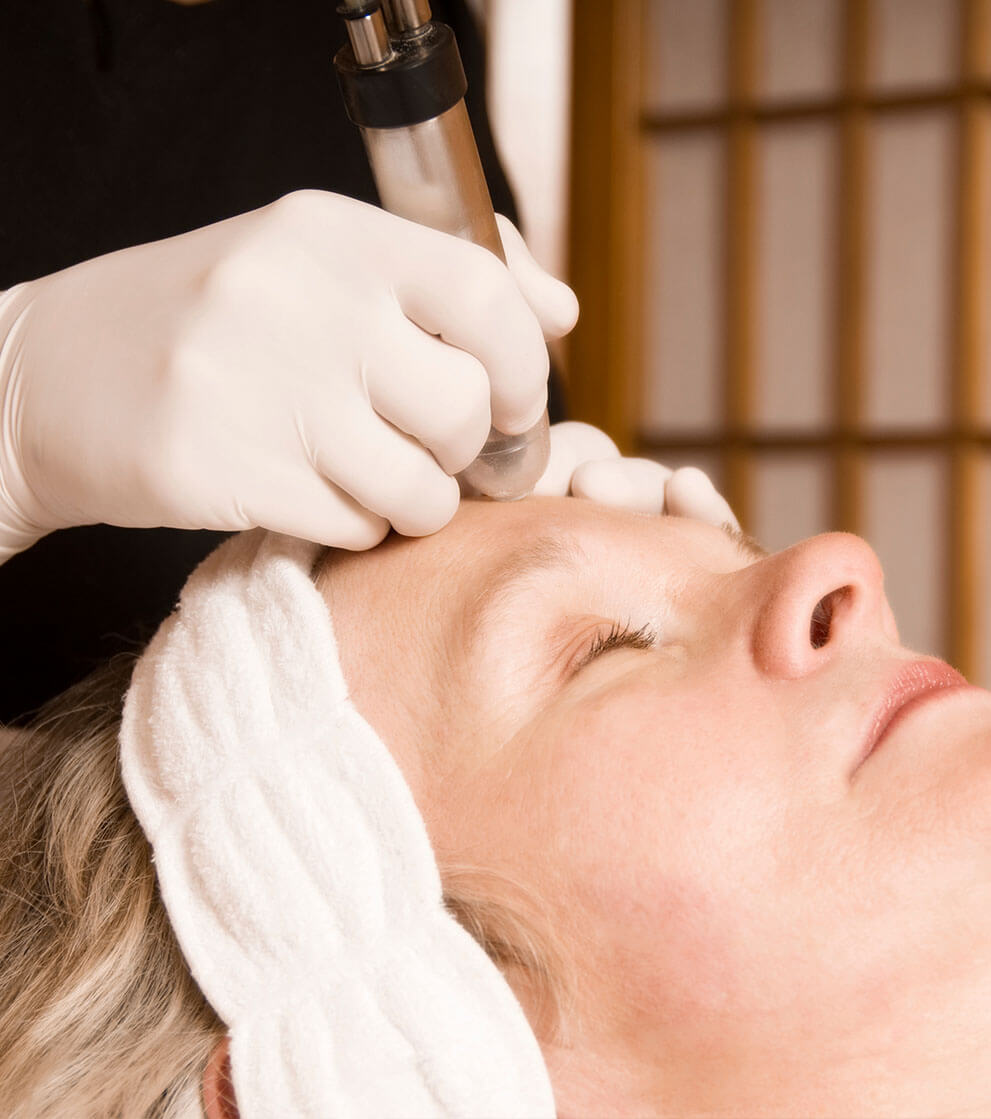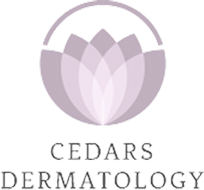What is pulsed dye laser treatment?
The Pulsed dye laser treatment is designed to lighten red-coloured skin marks, such as port wine stains, birthmarks on your skin or facial thread veins. These marks are referred to as ‘lesions’ throughout this leaflet. These lesions contain tiny blood vessels (capillaries) which have grown larger or more clustered; this is the site of laser treatment.
Book ConsultationWhat can be treated using a Pulsed dye laser?
Pulsed dye lasers are particularly effective at treating vascular lesions, including treatment of:
- Port wine stains
- Haemangioma
- Rosacea
- Red scars
- Hypertrophic or raised scars
- Keloids
- Spider naevus
- Facial thread veins

Your Consultation
At the Cedars Dermatology Clinic in Northwood & Harley Street, we draw deeply from the consultation process. Our expert clinicians will listen carefully to understand your skin concerns and aesthetic and medical goals.
- Your medical history is taken into account
- We thoroughly assess your skin
- We listen well to understand your concerns and goals
- We draw up a personalised treatment plan
FAQS about Pulsed Dye Laser
Pulse Dye Laser treatment on Harley Street and Northwood is very effective for reducing the darkness of vascularised lesions. It is important that you firmly understand the compromise between benefit and potential risk of any treatment you choose to undertake. You should make sure your doctor is aware if you:
- Are pregnant
- Have had pulsed dye laser treatment in the past
- Have a scarring disorder
- Are taking any Aspirin, NSAID or Anti-coagulant based drug.
As with any procedure, pulsed dye laser treatment carries some degree of risk. Whilst serious complications are rare, it is important to be aware of any potential risks and to discuss any concerns with your doctor at the time of treatment.
- Bruising – The area of treated skin will look bruised initially, but this should fade in 1-2 weeks.
- Swelling– treatments round the eyes, especially when non bruising mode is applied can result in some puffiness or swelling. This usually resolves in 48 hours.
- Alteration in skin colour– There is a minimal risk of changes to the skin’s colour with use of a pulsed dye laser. The laser can cause hyperpigmentation (darkening of the skin) which usually fades or hypopigmentation (lightening of the skin) which can very rarely be permanent. This is uncommon; however hypopigmentation is more likely to occur if you have black or brown skin or if the treatment area is suntanned. Most doctors will therefore avoid using a pulsed dye laser on a suntanned area of skin.
- Increased sensitivity to light – Skin that has been treated with a pulse dye laser is more susceptible to sunlight and at a greater risk of sunburn for up to a year after treatment. If there is any risk of exposure, you must apply a sunscreen which protects from UVA and UVB rays at factor 15 or higher.
- Eye damage – The laser beam will damage eyes if you look directly at it without protection. You will be supplied with special goggles to protect your eyes from the light.
- Scarring –A scab may form over the treated area. Try to avoid picking at the scab as it may leave a scar or increase your risk of infection.
- Infection – There is a slight risk of infection, but this is very rare. Infection is most likely to happen if scabs form in the treated areas.
Patients have described the sensation of each laser pulse as feeling like the snapping of an elastic band against their skin. A topical anaesthesia applied to the lesion may be used to lessen the discomfort of the pulses, but will not completely numb the area and must be applied 1 hour before treatment.
If needed, there are various alternative methods of anaesthesia available, particularly if treatment is being delivered to a sensitive area. Most pulsed dye lasers have a cooling spray next to the laser head; this makes the patient less aware of the sting and the heat of the beam. Children may sometimes be given a general anaesthetic for the procedure which will be discussed with you at consultation.
Directly after treatment, the person delivering your treatment will apply a greasy moisturiser (e.g. Vaseline) before you leave the room. You may wish to have a dressing applied to cover the treated area; this may be useful if it’s a sunny day and can be removed as soon as you get home. You will be able to leave as soon as the treatment has completed. If you have had a treatment to the eye area and had a protective eye shield it is not advisable to drive yourself home, it is fine to use public transport.
After treatment:
- You may wish to use an ice pack to reduce swelling particularly if you received treatment around the eyes. Apply the pack for 2-3 minutes every quarter of an hour on the day of treatment. You may also find it useful to sleep with an extra pillow under your head to reduce swelling from areas treated on the face.
- If the treatment area gets wet, pat the skin dry. You should avoid shaving in and around the lesion until the bruising has reduced.
- Apply a greasy moisturiser (e.g. Vaseline) to the treated area at least twice daily, this should prevent scabbing or crusting from occurring, you may also find that Aloe Vera helps to soothe irritation.
- If crusting occurs, use an antiseptic cream to reduce the risk of infection for example, Savlon can be applied 3 times per day. DO NOT apply antiseptic cream if there is no sign of crusting.
- You should avoid putting make up on the treated area for up to five days, applying or removing it may damage the fragile skin.
- Avoid competing in physical contact sports until the bruising has faded.
- Avoid any Aspirin containing medicines for 5 days after the laser treatment as this can increase the extent or risk of bruising.
- You may wish to take 1gm paracetamol one hour before the procedure to ease off the discomfort and swelling. Your doctor will provide you with aftercare instructions for how to care for your specific treatment site.
Other treatments








